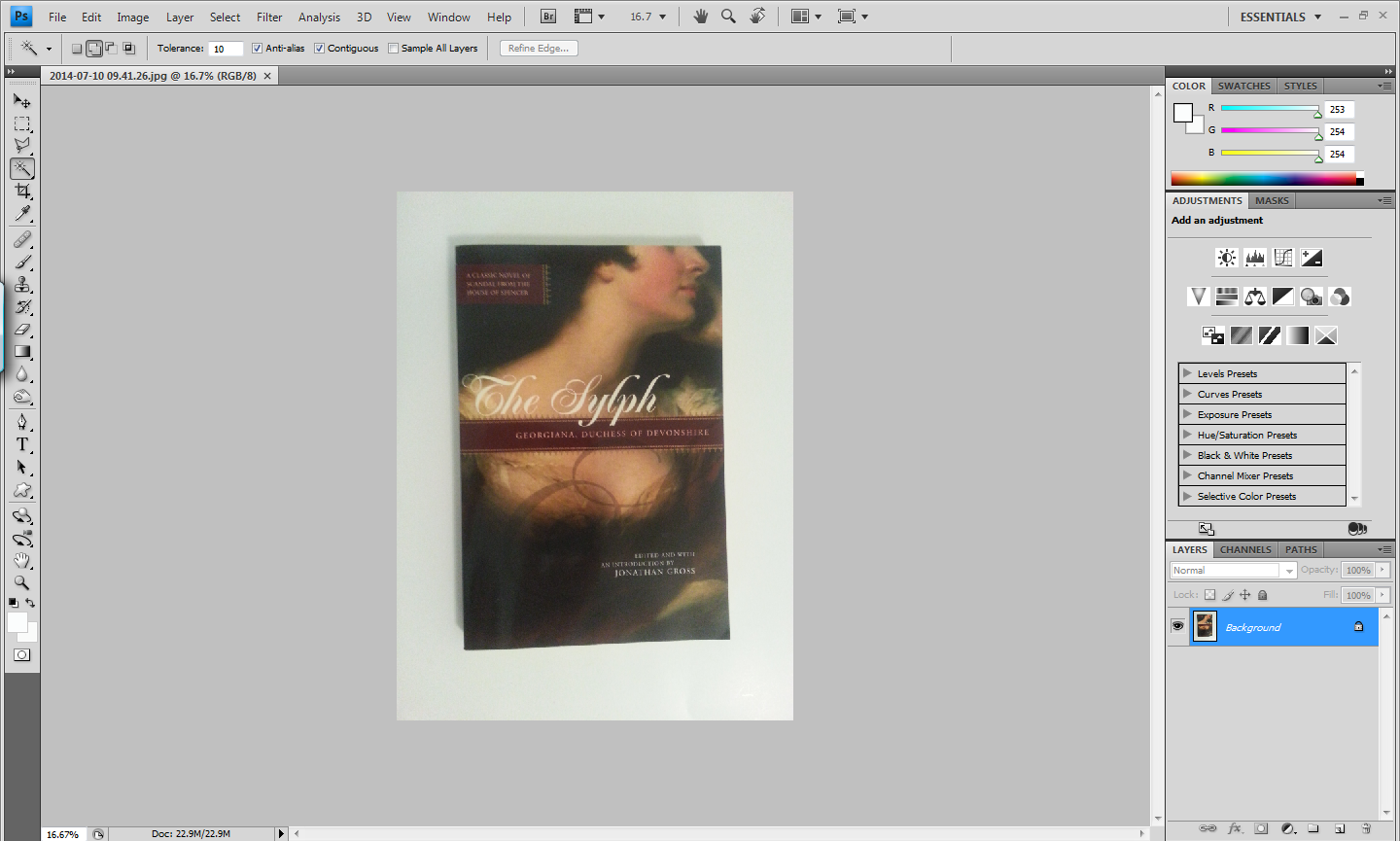Due diligence results in just rewards.
Ready to flip some groceries?
Thing 1: You have to be approved to sell groceries on Amazon.
Thing 2: Groceries are fast turns, great replenishibles, but you have to watch the price and ranking carefully.
Thing 3: Don't get attached to any one grocery product. Be ready to give it up when the going gets tough.
Thing 4: You CAN make multipacks (see my post about this topic).
Thing 5: Keep scanning. Groceries are not a needle in a haystack, but you do have to spend time searching.
Let's go grocery sourcing!
- Keep it simple. Take your phone (loaded with Evernote). Choose one section (like coffee or tea), and snap pictures of all of items in this section.
- Bring it home. Open your desktop to Amazon, and to the FBA Calculator. Open up your pictures and save them into a folder. Example: Coffee_Walmart
- Focus on one picture at a time. Search for the first item on Amazon. Look at price, rank, number of sellers, and the different multipacks available. Run it through the FBA calculator. If it's a winner, make a note in Evernote with item, price, fees, profit, # in package (like a 2 pack or 4 pack), rank, and aisle # in store.
- Go through an entire picture. You might find one profitable item, or not. Once you've gone through a picture, rename it Finished with the # of potentially profitable items that you've found.
- Once you've found several potential items, take your list to the store and buy 3 to 5 to test out. If they sell out within two weeks, then plan to pick up another round on your next trip out. I never go too deep with groceries. It's a competitive category, and it doesn't take much for the price to drop and eat away your profits.
- Don't forget to check the expiration dates. Try to find grocery products with a year out.
Keep Track of Replenishible Groceries
- The best way to keep track of replenishible groceries is on a spreadsheet. FBA Flip Side Facebook group members can download my spreadsheet from the files.
- I could source groceries all day long, everyday, but I believe in diversification, so I've made the conscious decision to refill my groceries once per month. Before I go out to pick up groceries, I run through my list to check price, rank, profit, and the average # that is selling per week. I'm willing to drop a dud, or a grocery item that has dropped dramatically in price. Sometimes the price for the item goes up at the store causing my profit to burst. I keep items on my list for a recheck each time I shop.
- Keep an up to date replens list in Evernote.
- When you list a grocery item, begin your SKU with a code that indicates grocery (GRO), so that you can search by the first three letters and bring up all of your grocery inventory at once.
Keep In Mind
- Grocery replenishibles should be a fast turn. Based on your averages, send in enough for a month. You should sell out in a month, but if you don't, go back to the listing and do a reevaluation.
- Your profit margins are usually a little smaller than other items, but always aim to double your money.
- Check the weight of your grocery item and compare it to the listed weight. If the listed weight is heavier than the actual weight, snap a picture of the item showing the weight, and open a case with seller central to get it corrected. Incorrect, higher weights effect your fees!
- Make new multipacks and variety packs if none are available, but check that the individual items are selling on their own first.
- Shrinkwrap or polybag your grocery items. Don't forget your expiration date label! And if it's a multipack label, add a label that says, "Multipack of #. Do not separate."
- Don't forget your coupons!
On your mark, get set, go grocery sourcing!















